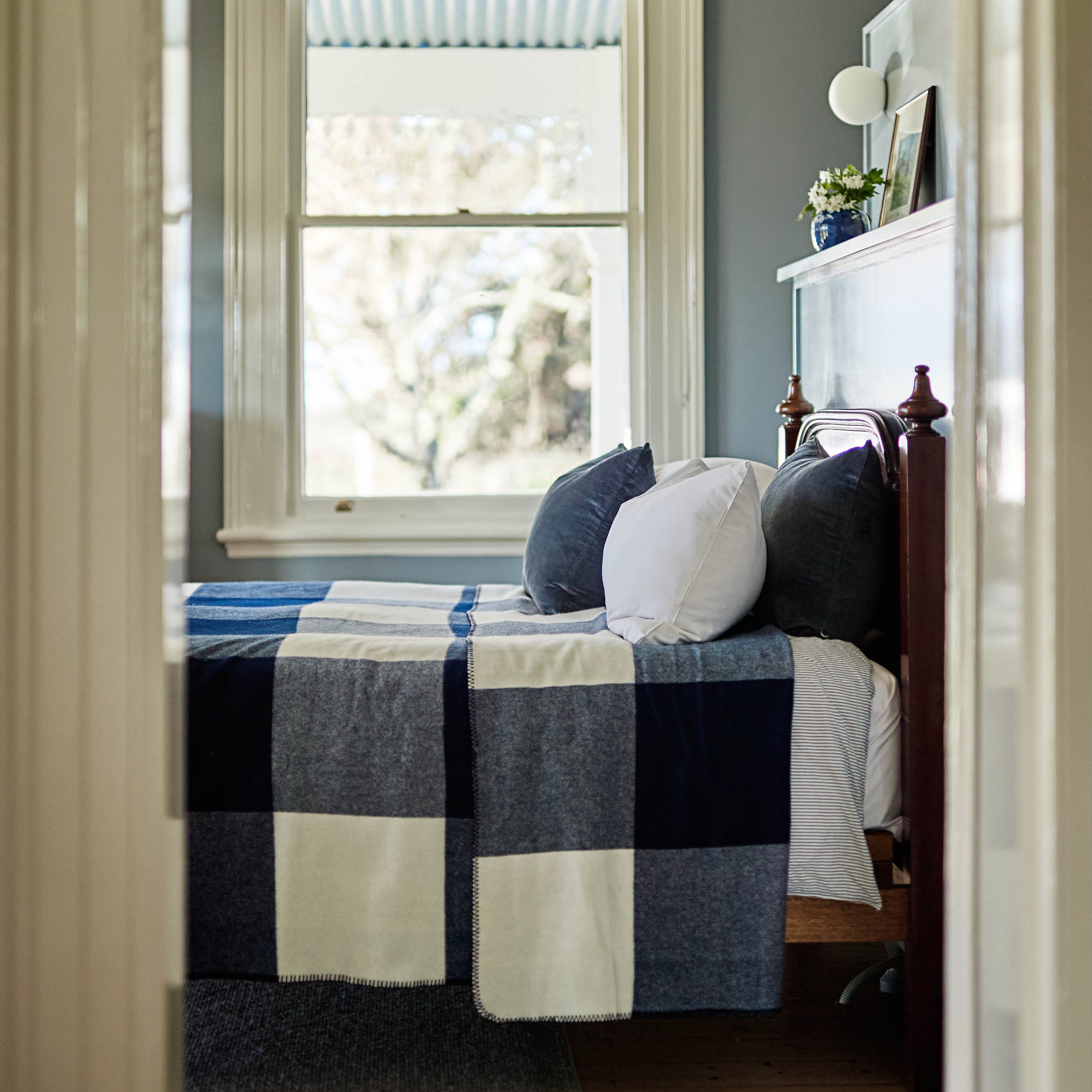Choose Merino Wool
Wool is a natural fibre grown by sheep, using a combination of water, grass and sunshine. People have used wool and wool products for a wide variety of purposes for thousands of years — the first recorded use of wool occurred around 4000BC.
Wool is chemically and structurally similar to the hair found on other animals, including goats, camels, rabbits and…humans. Indeed the human hair, although 2–3 times thicker than wool, is made from the same naturally-occurring proteins.
By definition the term wool can only be used if a product contains at least some of the natural fibre produced by a sheep.
Compared with synthetic fibres, wool has a range of important eco-credentials, which appeal to the environmentally conscious consumer. 65 million tonnes of plastic are produced from synthetic textile fibres each year — Merino wool is a solution to the microplastic problem.
Just like our hair, sheep continuously grow their wool fleece year-round, making wool a completely renewable, natural fibre source. Wool is 100% naturally grown year-round by Australia’s 72 million sheep, consuming a simple blend of water, air, sunshine and grass.
When we dispose of a wool product it naturally decomposes in soil, slowly releasing valuable nutrients back into the earth.

What is Merino Wool?
Where It Comes From
Australian Merino wool is the world’s finest and softest wool in the world. Its natural benefits are so great no other fibre — man-made or natural — can match it.
Merino wool comes from the Merino breed of sheep — originating in Spain. The first Merino sheep arrived in Australia, via South Africa, during the late 1700s.
The Australian wool trade was established in 1807, with the first bale of Merino wool from Australia arriving in Britain during 1808.
At William Thompson’s mill in Yorkshire in 1808, Australian wool was woven into a piece of cloth from which a black suit was tailored. The owner of the wool, Reverend Marsden, wore the suit when first introduced to King George III.
In 1829, one of the Reverend’s rams produced a fleece, which London wool buyers said ‘was the softest and finest fleece of wool’.
What Makes Australian Merino Wool So Special?
Super Soft & Luxurious Feel
Although all sheep produce wool, not all wool is the same. Wool from different breeds of sheep varies across a range of characteristics, including fineness (fibre diameter), length of fibre, amount of ‘crimp’ (waviness) and the colour of the fibre.
Perhaps the most prized characteristic of Merino wool is its characteristic softness, which imbues a sensory combination of comfort and luxury. It is the fineness of the Merino fibre that delivers this reputation.
Fineness is a measure of the fibre’s diameter in microns (µm). Wool can range from ‘broad’ (>29µm) to extafine Merino (<14.5µm).
More than 60,000 Australian woolgrowers produce 81% of the world’s superfine wool. Tasmanian wool growers are renowned for being a major source of high-quality ultrafine Merino wool, which is why Waverley is committed to sourcing its raw Merino fibre from local woolgrowers.
The Benefits of Merino Wool

Softness & Comfort
The unique structure, physics and chemistry of Australian Merino wool translate into a raft of properties and benefits for consumers.
Merino wool is comfortable, easy to live with and safe.
Hypoallergenic & Itch-Free
The broad fibres (≥29µm) of some wool can trigger nerve endings in our skin because they are less able to bend than the fine fibres of Merino wool. This can make them feel ‘itchy’. In contrast, Merino wool’s finer fibres bend more easily and exert less pressure on the nerves at the skin’s surface, making them feel supremely soft next to the skin.
Temperature Control
Merino wool is a high-performance fibre that has unique thermoregulation properties, which keep your warm when it is cold and cool when it is warm. The wool fibre has two tools to manage temperature — its natural crimp (or wave) and an ability manage moisture.
The natural crimp in the wool fibre traps air between the layers of fibre, which insulatesa against changes in temperature. Dry air insulates better than damp air. Wool maintains a dry microclimate next to your skin.
Moisture-Wicking & Breathable
Most textiles can absorb water vapour — some more than others. The chemical structure of wool allows it to absorb up to a third of its own weight in moisture vapour in high humidity without feeling wet.
When you exercise and start to sweat, the wool next to your skin automatically absorbs the moisture vapour and the heat associated with it, drawing it away from your skin, leaving you feeling drier and more comfortable. Less sweat means less body odour — wool fibres stay fresher for longer
Controlled test by the CSIRO in Australia found that Merino fabric transports 27% more moisture vapour away from the body than polyester fabric of identical construction.
Safe & Eco-Friendly
Wool is reassuringly safe. Not only does wool have superior inbuilt UV protection compared with other fibres, keeping you safe from the sun’s damaging rays, but it is naturally fire resistant. When exposed to a flame many synthetic fibres melt and stick to the skin. A fabric made entirely of wool is difficult to ignite and has limited ability to sustain a flame. Wool offers additional protection when compared with synthetic fabrics as it chars on burning, which creates an insulating layer between the flame and your skin. These properties make wool the ideal fibre for clothing and home furnishings protecting both your family and your home in the case of fire.
How Waverley Mills Uses Australian Merino Wool
At Waverley Mills, we don’t just use Merino wool from Merino sheep, we honour it. As Australia’s oldest working textile mill, we’ve been crafting wool products right here in Tasmania for over 150 years. That’s a lot of history, a lot of learning, and a whole lot of love.
We’re proud to say that all of our Merino wool is ethically sourced in Tasmania and handled with care, from fleece to finish. We don’t outsource our fine wool from overseas as everything is sourced and made locally by skilled artisans who know their craft inside and out. You can see it in every detail of our Merino wool production, from the perfectly woven threads to the hand-finished edges.
Each throw, scarf, or blanket we produce isn’t just something to wear or use, it’s a piece of our story. And it’s made to become a part of yours. Whether it’s draped over your favourite armchair or wrapped around your shoulders on a cold morning, a Waverley Mills item made with Merino wool brings a touch of warmth, beauty, and tradition into your home.
Merino wool is more than just a fibre — it’s a natural marvel, steeped in history, prized for its unrivalled softness, and trusted for its performance and sustainability. At Waverley Mills, we celebrate this exceptional material by sourcing the finest Tasmanian Merino wool and transforming it into timeless pieces that are as beautiful as they are practical. When you choose Merino wool, you’re not only choosing comfort and quality — you’re choosing a product with purpose, tradition, and a lighter footprint on the planet.
To see our full range, browse our Merino Wool Throw collection.



